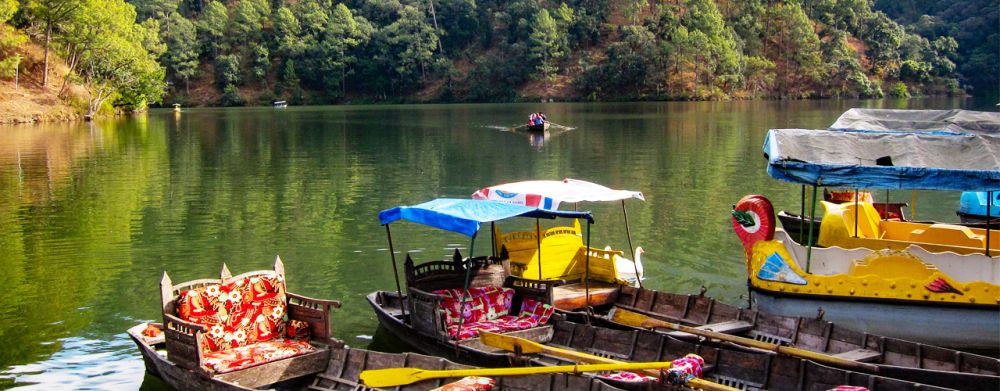

Nestled in the Kumaon region of Uttarakhand, India, Sattal is an idyllic destination known for its unique and picturesque cluster of seven freshwater lakes. The name 'Sattal' itself is derived from the Hindi words 'Sat' meaning 'seven' and 'Tal' meaning 'lake'.
The history of tourism in Sattal is closely linked with the colonial era when the British discovered the tranquil beauty of this region. During the British rule in India, Sattal, with its temperate climate and lush surroundings, became a popular spot for British officers and their families to escape the summer heat of the plains.
With the dawn of independence, domestic tourism began to grow, and Sattal's charm started to be recognized by Indian tourists. The region's tourism infrastructure developed incrementally over the decades, respecting the delicate ecosystem of the lakes and surrounding forests.
Sattal is a haven for nature enthusiasts and bird watchers. The rich biodiversity of this area, with its variety of flora and fauna, continues to attract tourists. The unspoiled environment, dense forests of oak and pine, and the interconnected maze of seven pristine lakes form a biotope that hosts hundreds of species of birds, making it a premier destination for birdwatching.
Beyond its natural beauty, Sattal offers a range of activities for the adventurous soul. Tourists can indulge in kayaking, rock climbing, rappelling, and mountain biking. Hiking around the lakes is another popular activity that allows visitors to bask in the serene ambiance.
Over the years, various forms of accommodations have emerged in Sattal. Visitors can choose from rustic homestays, eco-friendly camps, and comfortable resorts that offer a blend of modern amenities and traditional hospitality.
In recent years, the trend towards eco-tourism and sustainable travel practices has shaped Sattal's tourism sector. Tour operators and lodgings are increasingly adopting responsible tourism practices, recognizing the importance of preserving Sattal's natural beauty.
Digital detox holidays have also gained popularity, with visitors seeking respite from their fast-paced, connected lives. Sattal's seclusion provides a perfect backdrop for rejuvenation and reconnection with nature without the constant buzz of technology.
Sattal's tourism history is an evolving narrative of conservation, adventure, and relaxation. As it balances the growing demands of tourism and ecosystem preservation, it continues to enchant visitors with its timelessness and tranquility.